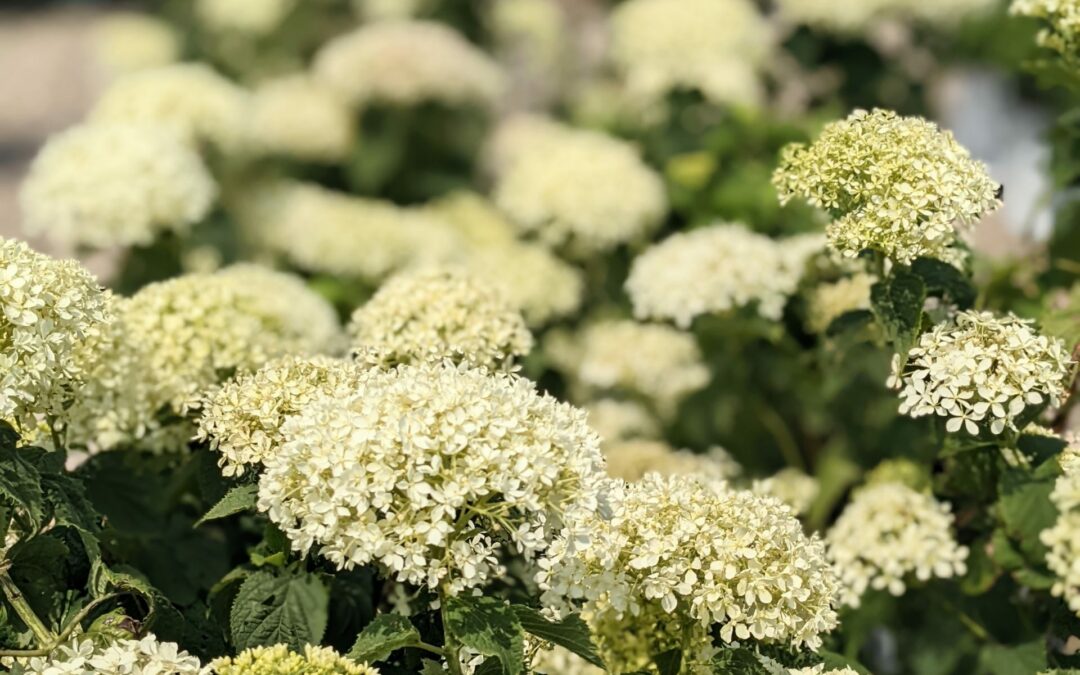1.MOST IMPORTANT! – WATERING
Proper watering is vital to plant survival. Proper watering doesn’t mean watering everyday. At least 1″ of water a week spring through fall season is the recommended amount. Frequency will vary depending on type of soil you have. For example, clay soils need infrequent yet thorough watering. This is because the water doesn’t percolate quickly through the soil. However in a sandy soil, water percolates easily. This requires thorough and more frequent watering.
Every one to two weeks, a slow stream of hose water for 5-10 min around the root zone should give you a deep thorough watering of trees and shrubs.
Perennials should be watered every 3-7 days depending on soil type and weather.
Check the soil regularly by pushing your finger a couple inches into the soil before you water. If the soil is moist, wait to water. Remember, even drought tolerant plants need a couple of years to become fully established and need deep thorough watering. Searing heat and windy days may require increased watering frequency.
2. PROPER PLANTING TECHNIQUE
Make sure to follow our planting guide (See image below) on the back of our Winter Hardiness Warranty Slip that comes with all trees and shrubs. Mix in compost and slow release fertilizer with beneficial fungi, bacteria, and nutrients, like Bio-Tone, into your native soil to help newly planted shrubs, trees, and perennials get off on a strong start.

3. MULCHING
Use 2-3 inches of mulch around your plants to help retain water and keep soil cool during hot and dry days. Mulch around the root zone and keep the mulch 2 inches away from the stem or trunk of the plant.
4.READ THE LEAVES
Summer-planted plants may wilt regularly if you are under- or over-watering, or from heat stress. Water sensitive plants, especially new perennials with shallow root systems, will tell you if they need more water. If there is slight wilting during the day yet they have moist soil, they may be succumbing to heat/light stress if no other signs of pests or disease are present.
If they are still wilting after the sun is going down, they are most likely under-watered if the soil is dry or the roots have already been stressed from over-watering. The best method to quickly learn how much water you plant needs is to check it regularly. Your plant will start establishing it’s roots and watering frequency may decrease.
5. PLANTING TIME
Planting on a cloudy day is less stressful on new plants. If the cloudy day is followed by a day or two of rain, all the better! You can also plant in the evening. That gives it half a day before it gets blasted with the summer sun.
We also made a video of planting a shrub to show how to properly plant.
Additional landscape plant heat stress remedies:

